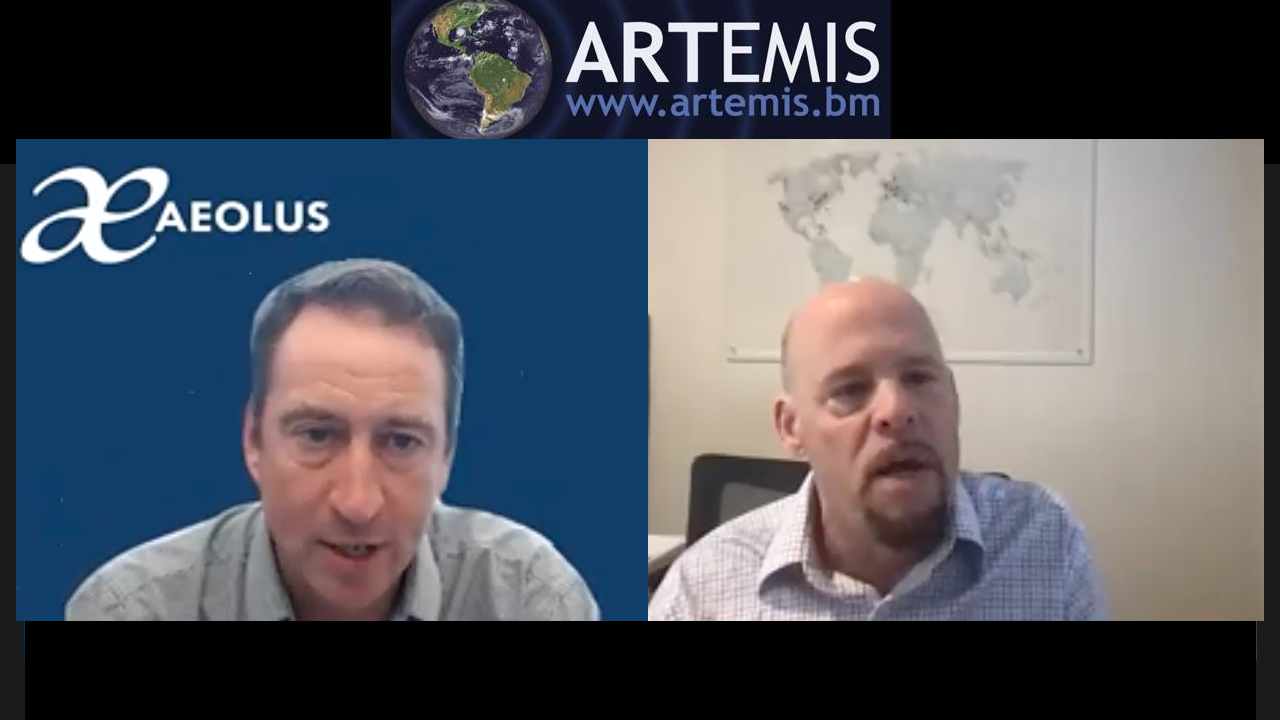Secondary perils can be “death by a thousand cuts” – Aeolus

Secondary perils require a particular level of focus, investment and effort, when it comes to modelling risks of insurance-linked securities (ILS) and reinsurance portfolios, Aeolus Capital Management executives told us recently.
Secondary perils are typically understood as the group of catastrophe and severe weather perils that are not considered “peak”.
But in recent years these perils have driven significant market loss impacts and become an increasing source of concern in reinsurance and insurance-linked securities (ILS).
At the January 2022 reinsurance renewals, secondary perils featured in many negotiations and losses from them have been one driver of rate increases.
Losses from secondary perils are now equalling, or even eclipsing, losses from primary catastrophe perils over the course of a calendar year, so it’s no surprise to learn they are being placed under increasing scrutiny by ILS managers.
In a recent Artemis Live video interview on the importance of climate risk models, Frank Fischer, Partner and Chief Analytics Officer at specialist reinsurance investment fund manager Aeolus Capital Management told us that, because of the rising concern and increased focus on them, Aeolus’ research and modelling team spend a significant amount of time trying to better understand these perils and weather phenomena.
“On the secondary perils, we spend a lot of time on those because they can eat you up, death by a thousand cuts,” Fischer explained.
“We try to control them, partly through the models and forcing our models to push us away from things we don’t want to write.”
Death by a thousand cuts is a great description, for the way secondary peril events have hurt the reinsurance industry in recent years. Particularly for those companies that have not put the time and effort into understanding secondary peril classes and controlling their exposure to them.
Over the last few years a considerable amount of time and investment has been put into better understanding this category of perils, but even so, with each major event that features a so-called secondary peril, it seems there continues to be a wide-range of outcomes for exposed market participants, suggesting there is a lot more work to do.
Which makes continued investment in better understanding and controlling secondary peril exposure key and that’s why we see even some of the largest reinsurers in the world pulling back from writing risks exposed to them.
But as well as the scientific approach, of research and the use of software risk models to better understand historical trends and attempt to forecast and identify (or at least put bounds of understanding around) future ones, Aeolus also looks to control the risk posed by secondary perils in its underwriting as well.
“They can often be much better controlled through underwriting structuring and different structural features in our contracts,” Fischer explained.
Adding that it’s important to find ways to “cap those, or drive them out through higher deductibles.”
Meaning that it’s possible to manage exposure to secondary perils, “From a portfolio management perspective, as well as a science perspective.”
Fischer told us that science is key when it comes to portfolio management and investor communication at Aeolus, meaning being transparent and delivering insight to support investors in their decision-making.
Science should also lead decisions, rather than the state of the market, and if the returns aren’t commensurate with the risk than underwriters need to be prepared to walk away, something especially true in the context of secondary catastrophe perils.
“You cannot as an underwriter, or a risk manager, adjust your models based on the market conditions of pricing,” Fischer warned.
The full video interview is embedded below and can also be viewed in full, along with previous Artemis Live video interviews, over on our YouTube channel.
You can also listen in audio to our interviews by subscribing to the Artemis Live podcast here.
All of our Artemis Live video interviews have a focus on reinsurance, ILS and the efficiency of risk transfer and can be accessed directly from our YouTube Channel.
You can also listen in audio to these interviews by subscribing to the Artemis Live podcast here.
We’re offering sponsorship opportunities for our broadcasts, including pre-roll adverts or simply sponsor the entire series, as well as facilitating one-off sponsored webinars and virtual events including roundtables, to help companies access our market-leading audience. Please get in touch to discuss.








